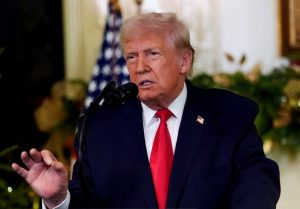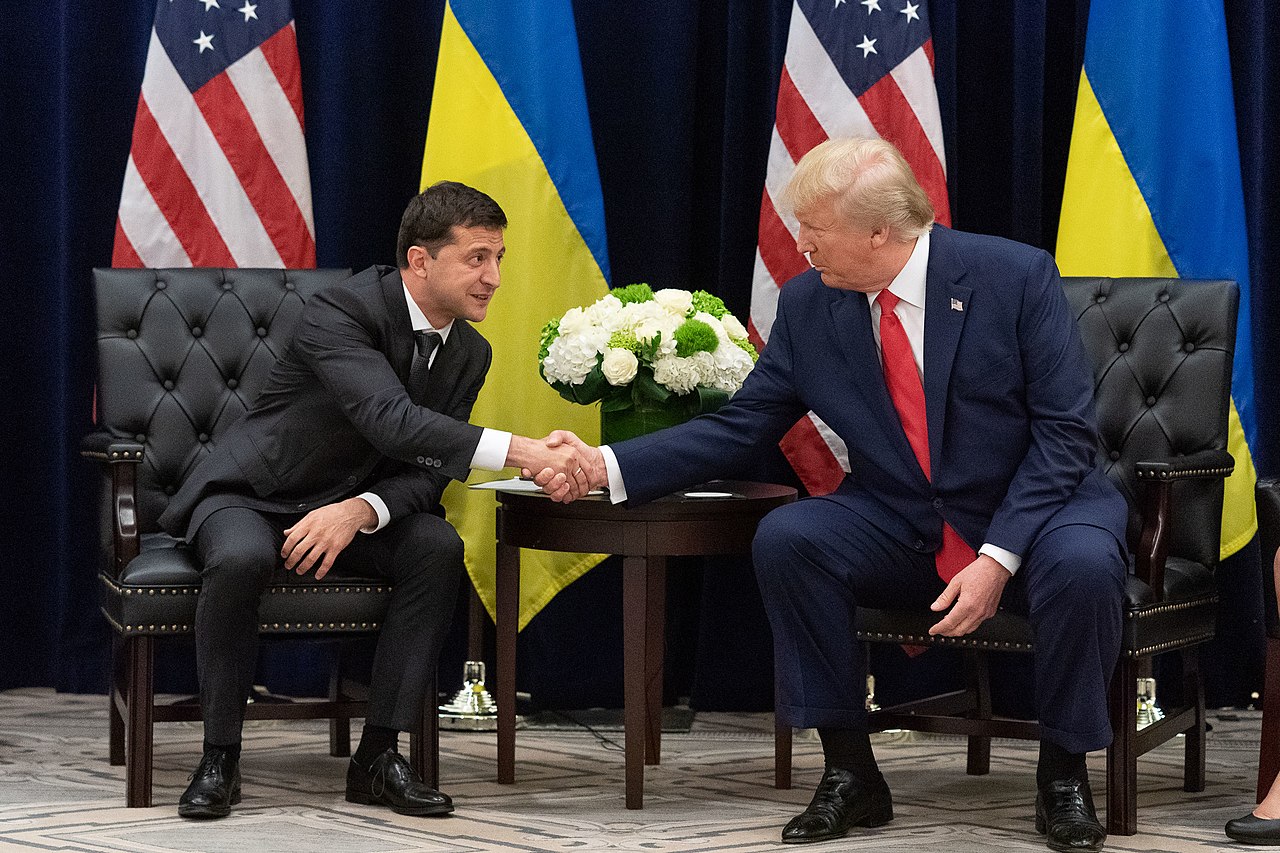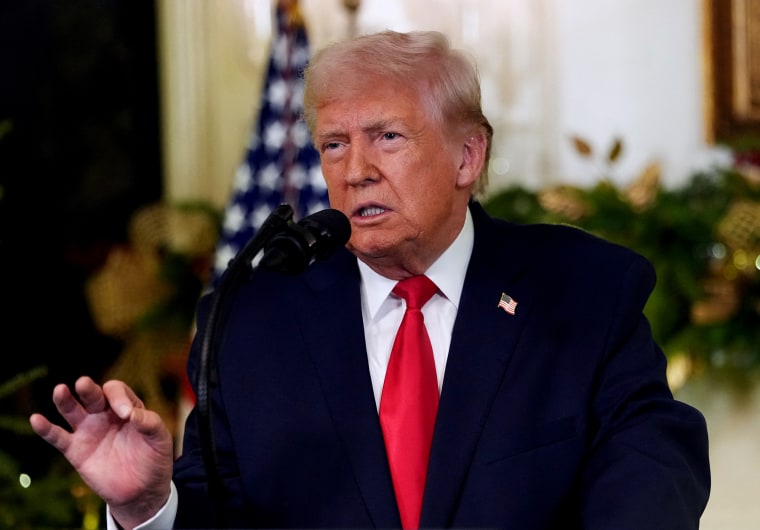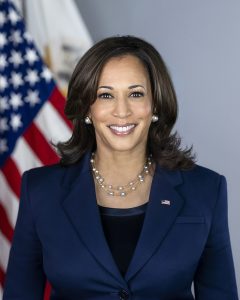As the war in Ukraine grinds on into its third year, global attention once again turned to Washington this week, where Ukrainian president Volodymyr Zelenskyy prepared to meet with U.S. president Donald Trump. The meeting came on the heels of Trump’s summit with Russian president Vladimir Putin in Alaska, and it was preceded by an online exchange that highlighted just how complex the search for peace has become.
On Friday, Trump and Putin sat down for private talks that were billed as a potential turning point in the conflict. While no formal agreement was reached, Trump later declared that “progress” had been made. He framed the discussions as constructive, suggesting that a path forward remained possible despite the deep divisions between the two sides.
Ukraine, notably, was not represented at that gathering. Instead, Zelenskyy traveled separately to the United States, arriving in Washington for a series of high-level meetings with American officials, European partners, and, most significantly, Trump himself. His arrival set the stage for a new phase of dialogue—one that would bring the voice of Ukraine directly into the conversation.
Yet, before the two leaders had even sat down together, the digital sphere was already buzzing. On the evening prior to their scheduled meeting, Trump took to his Truth Social account to outline what he described as the two basic options available to Ukraine.
“President Zelenskyy of Ukraine can end the war with Russia almost immediately, if he wants to, or he can continue to fight,” Trump wrote, before invoking the history of Crimea’s annexation. He argued that former U.S. president Barack Obama had “given” the peninsula away more than a decade ago without resistance, and insisted that Ukraine’s pursuit of NATO membership should be taken off the table.
The remarks drew immediate attention, as they appeared to suggest that Ukraine’s territorial concessions and strategic choices were at the heart of the conflict’s solution. For Trump, it was a direct and simple prescription; for many observers, however, it was a blunt reminder of the vast gulf between Kyiv’s aspirations and Moscow’s demands.
Zelenskyy, who has long rejected any settlement that involves relinquishing territory, offered what many interpreted as a pointed but measured response. Posting on his official X (formerly Twitter) account after his arrival in Washington, the Ukrainian leader confirmed his upcoming meeting with Trump while also reinforcing his own vision of peace.
“We all share a strong desire to end this war quickly and reliably,” he wrote, “and peace must be lasting. Not like it was years ago, when Ukraine was forced to give up Crimea and part of our East—and Putin simply used it as a springboard for a new attack.”
https://twitter.com/ZelenskyyUa/status/1957271398902039032
He continued by recalling earlier international assurances, such as the 1994 Budapest Memorandum, which promised security guarantees in exchange for Ukraine relinquishing its nuclear arsenal. Those guarantees, Zelenskyy noted, failed to prevent aggression, leaving the country vulnerable to repeated assaults.
His comments carried both a historical reminder and a warning: temporary or superficial peace deals, he argued, would only pave the way for future wars. In his framing, Ukraine’s sovereignty, territorial integrity, and security could not be bargained away as part of a quick resolution.
Zelenskyy also used the post to highlight ongoing battlefield developments, noting Ukrainian successes in the Donetsk and Sumy regions. These remarks served not only to reassure domestic audiences but also to signal to international partners that Ukraine remained capable of defending itself and merited continued support.
Perhaps most strikingly, Zelenskyy balanced his rejection of territorial concessions with expressions of gratitude. He thanked Trump for the invitation to Washington and emphasized the importance of American leadership, as well as the backing of European allies. His words conveyed both resolve and diplomacy, underscoring the delicate position Ukraine finds itself in: reliant on Western aid, yet determined to assert independence in decision-making.
The juxtaposition of Trump’s blunt online post and Zelenskyy’s carefully worded response highlighted the tension between differing visions of how to end the conflict. For Trump, the emphasis lay in quick fixes—altering Ukraine’s long-term geopolitical orientation and accepting territorial realities as they stand. For Zelenskyy, the emphasis was on lasting solutions—ones that prevent Russia from using concessions as staging grounds for future aggression.
As the two men prepared to meet, the stakes were clear. For Washington, the talks offered a chance to test whether progress made with Moscow could translate into concrete proposals involving Kyiv. For Ukraine, the encounter was an opportunity to ensure its voice was central to discussions that directly affect its future.
The outcome of their meeting remains uncertain, but the prelude to it already illustrated the immense challenges ahead. In the realm of diplomacy, words often shape expectations as much as actions, and in this case, both leaders had already revealed how differently they envision the road to peace.
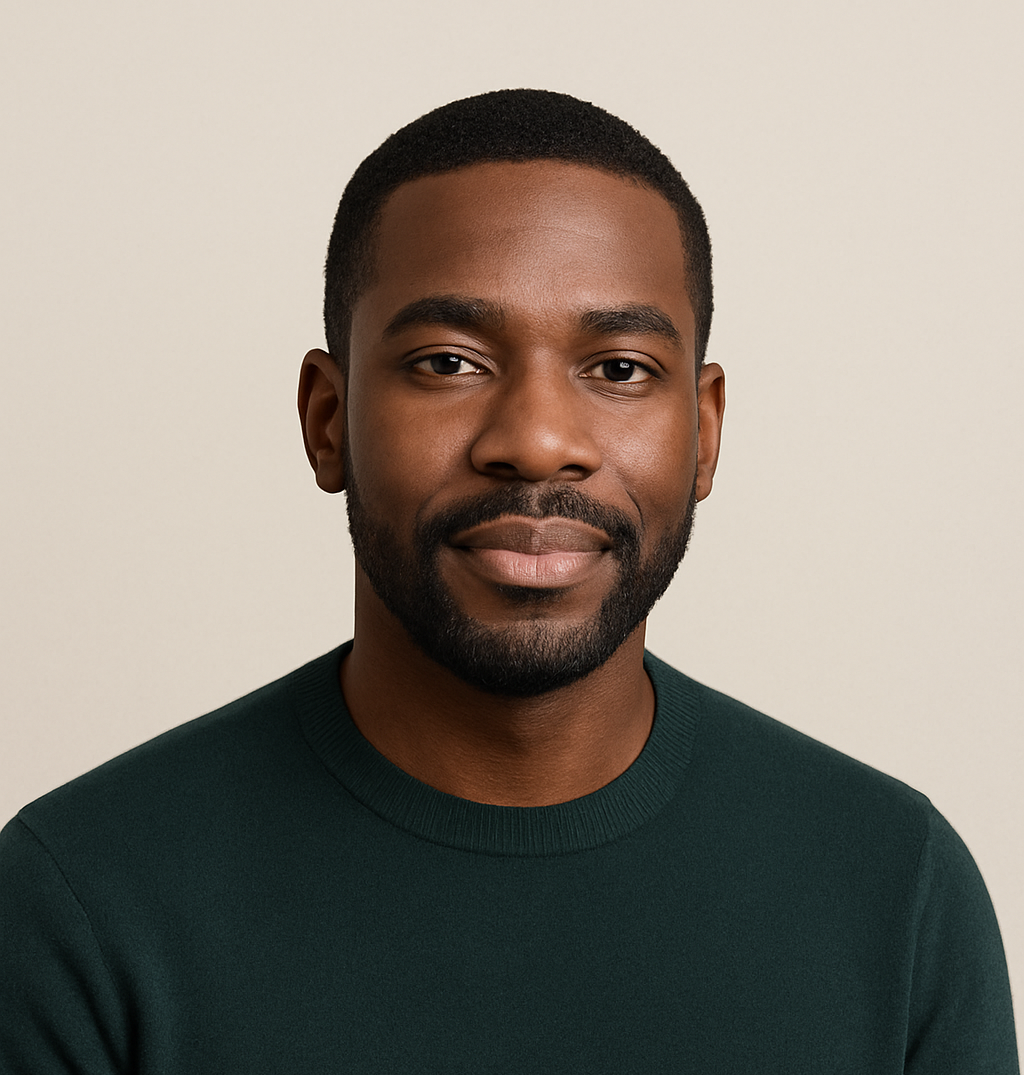
James Jenkins is a celebrated Pulitzer Prize-winning author whose work has reshaped the way readers think about social justice and human rights in America. Raised in Atlanta, Georgia, James grew up in a community that instilled in him both resilience and a strong sense of responsibility toward others. After studying political science and creative writing at Howard University, he worked as a journalist covering civil rights issues before dedicating himself fully to fiction. His novels are known for their sharp, empathetic portraits of marginalized communities and for weaving personal stories with broader political realities. Jenkins’s breakout novel, Shadows of Freedom, won national acclaim for its unflinching look at systemic inequality, while his more recent works explore themes of identity, resilience, and the fight for dignity in the face of oppression. Beyond his novels, James is an active public speaker, lecturing at universities and participating in nonprofit initiatives that support literacy and community empowerment. He believes that storytelling is a way to preserve history and inspire change. When not writing, James enjoys jazz music, mentoring young writers, and traveling with his family to explore cultures and stories around the world.

